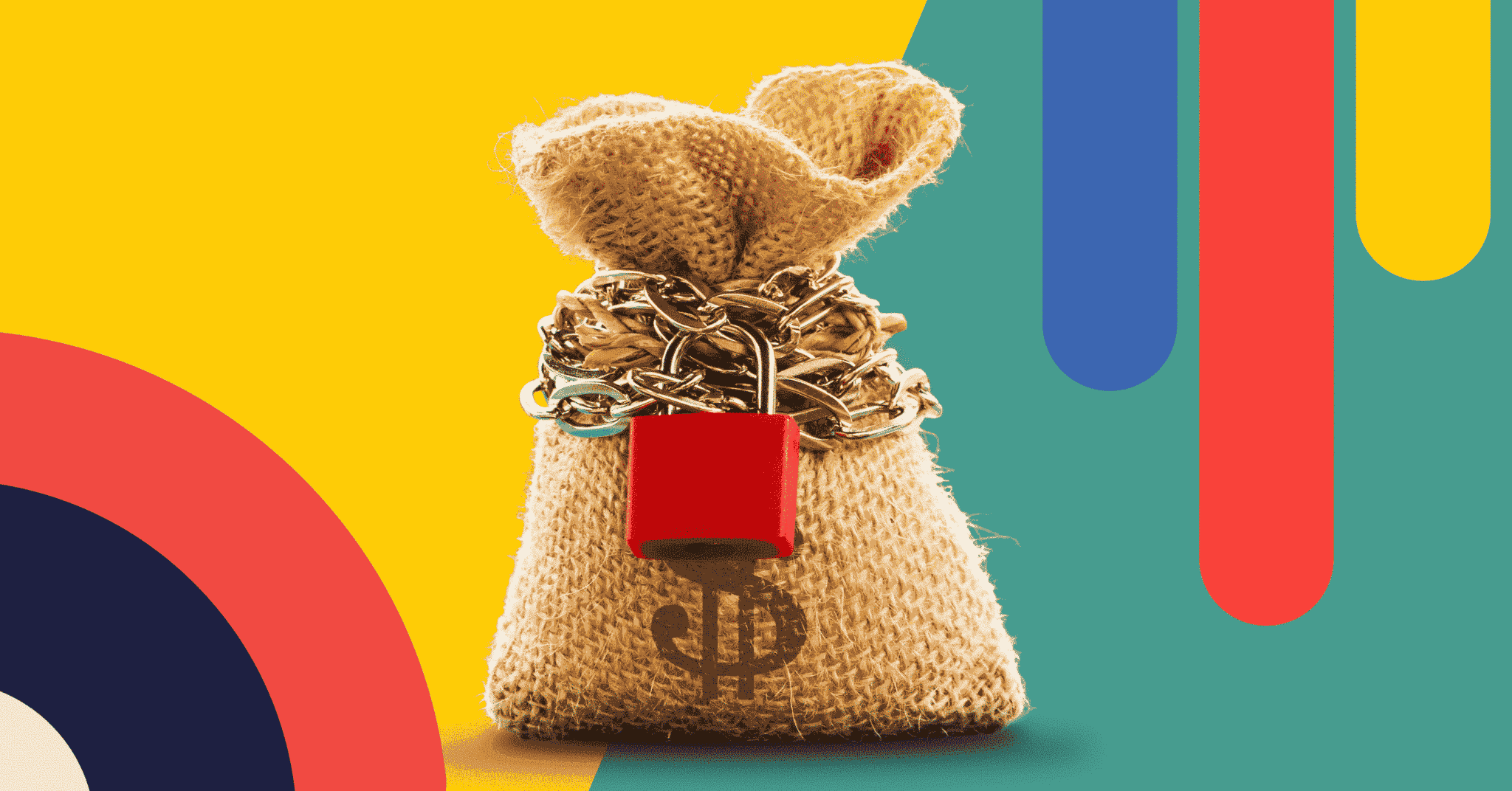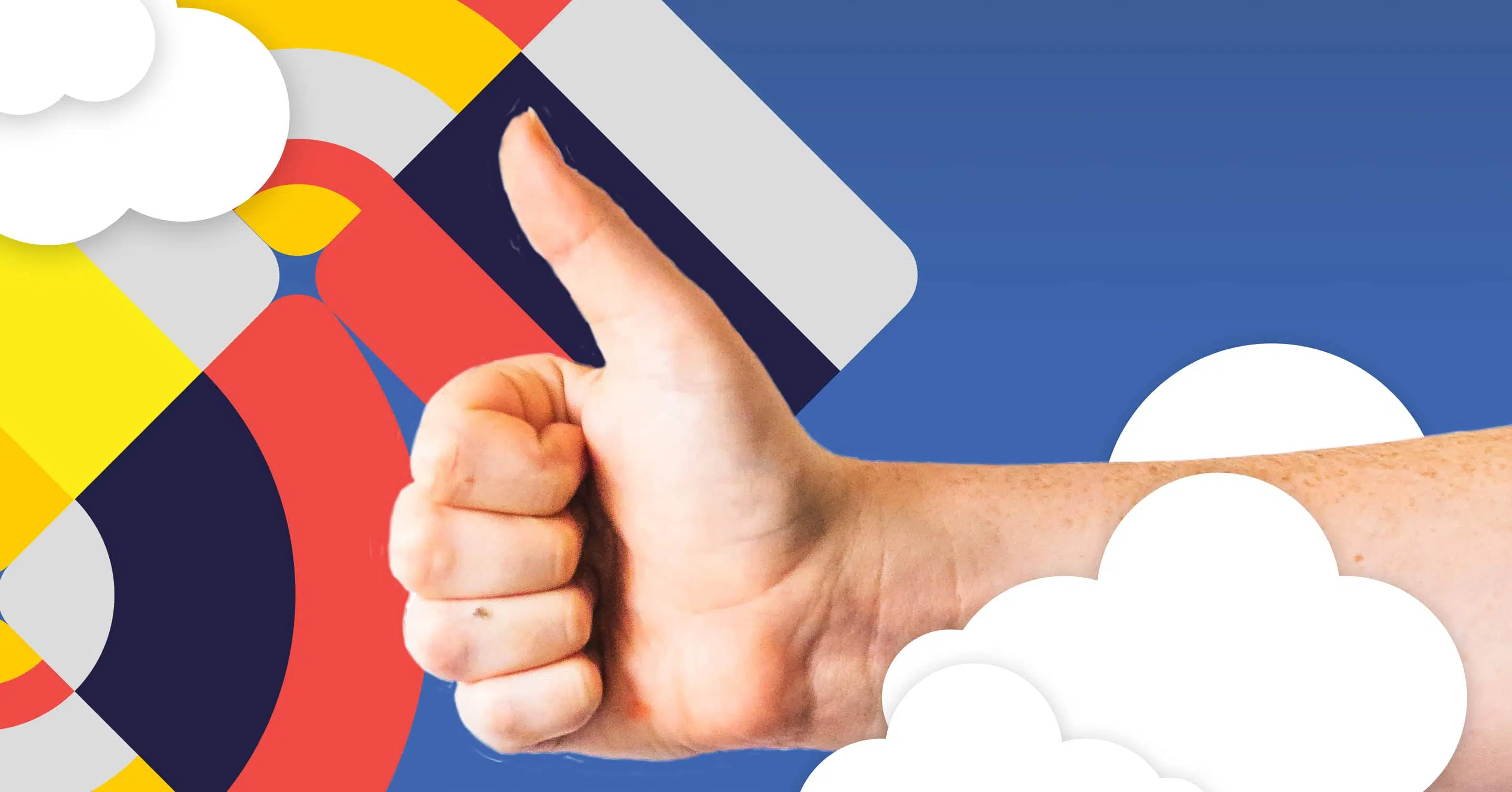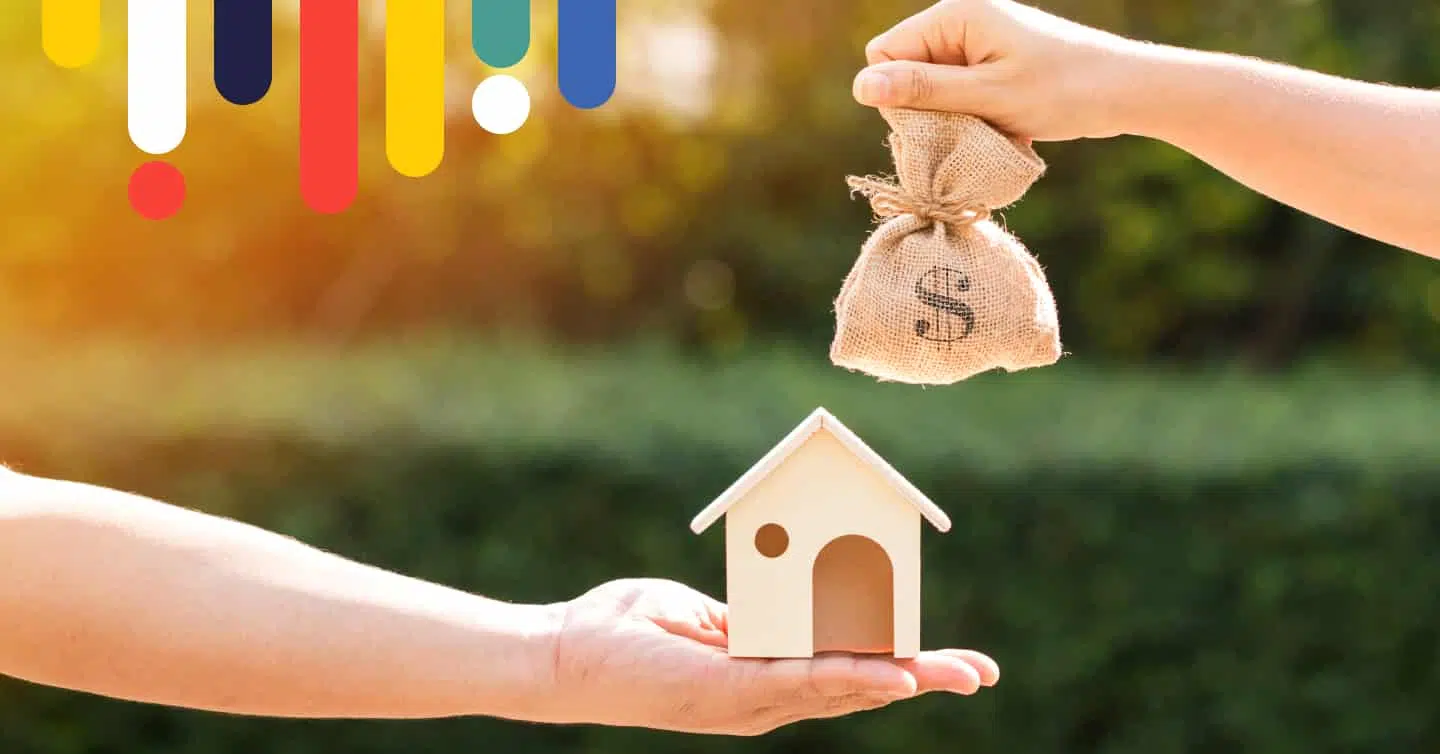What is a Secured Loan? | Secured vs. Unsecured

Table of contents
In the world of lending and borrowing, ‘risk’ and ‘security’ are both terms you’ll hear often. But what exactly do they mean? In this article, we’ll take you through the difference between secured and unsecured lending, how you can use the value of your assets to access capital, and the different kinds of finance available if you provide collateral or not. By the end of this post, you’ll have a clearer idea of what a secured and unsecured loan or line of credit is, and the pros, cons, and use cases of each.
Key Takeaways
- Lending, such as loans or lines of credit, generally comes in two forms: secured, and unsecured
- A secured loan is backed up with a form of collateral, like a home or vehicle, that your lender uses as security and will have a claim to if you fail to repay your loan
- An unsecured loan does not use collateral as security and is therefore riskier to lenders. Unsecured loans and lines of credit are more likely to have higher interest rates, and a speedier approval process as a result
What is a secured loan or line of credit
In Canada, a secured loan or line of credit is secured against your assets. A lender will approve a secured loan or line of credit on the basis that it is guaranteed by collateral, like property or a vehicle. A mortgage, for example, is a common type of secured loan, since the loan is backed by your home. In the event of you defaulting on a secured loan, the bank or lender can repossess whatever asset has been used as security, like your house or car. The benefit of secured borrowing is that you will generally receive lower interest rates compared to unsecured loans or lines of credit. You may also be able to access more capital.
What is an unsecured loan?
An unsecured loan, on the other hand, is generally not backed by any collateral and is therefore usually faster to get approved for. Since unsecured loans aren’t backed by your assets, they are riskier for lenders, a fact often reflected by higher interest rates, shorter loan terms, and potentially lower borrowing amounts. Examples of unsecured borrowing could include personal loans, credit cards, or bank overdrafts – all of which typically have reasonably high rates of interest.
Secured Loans: Home Equity Loans vs HELOC
Home equity loans and HELOCS are two common types of secured finance. On the surface they seem similar, but there are a number of key distinctions between them. Each comes with different drawbacks, benefits, and approval criteria. The one similarity they do share, however, is the fact that they’re both secured against the equity in your home.
Tip: Equity refers to the amount of your home that you have already paid off. It is the value of your home owned by you, as opposed to the remainder that’s still being paid off in the form of a mortgage
Home equity loan
A home equity loan is a secured, lump-sum loan that you pay back in monthly installments. Home equity loans are accessible for people with lower credit scores, and/or less equity in their property. You’ll commonly find home trusts and private lenders offering these types of loans, and usually at higher interest rates than a HELOC (from around 10 to 15%).
HELOC
HELOC stands for ‘home equity line of credit’. These are typically offered by major banks, and are generally approved for people with an existing mortgage, good credit history, and minimum 20% equity in their home. A HELOC is a revolving line of credit that allows you to borrow money when you need it, up to a predetermined limit. Interest rates for HELOCs tend to be around 2.5 – 3%. With a HELOC, you can access and repay the money whenever, similar to a credit card.
Mortgage payment plans aren’t meant to be one-size-fits-all.
Chat with a nesto mortgage expert & get a mortgage payment fit to you.
Using your home as collateral for multiple loans
Depending on how much equity you have in your home, you may be able to use it as collateral for more than one loan or line of credit. Both home equity loans and HELOCs, for example, are often thought of as second mortgages, since they’re both secured against your home, on top of your existing mortgage.
Part of the reason second mortgages have more stringent equity requirements and/or higher interest rates is the fact that lenders have to wait their turn to be repaid if you default on your loan payments. When you secure a loan against your home – like your mortgage, for example – your first lender will have priority on any repayments from the repossession and sale of the home. If you also had a HELOC secured against the value of your home through a second lender, this lender would have to wait until the first has been repaid, and so on.
Secured Loan vs Unsecured Loan
Both secured and unsecured loans have their benefits and disadvantages. Picking one type of finance over another often depends on the situation you’re using them for.
A secured loan lets you borrow more money at a lower rate because it relies on you using your assets as security. Since secured loans are backed up by the amount of collateral you’re able to put up, your options will improve when you have more equity in your home. Home equity loans, generally, can only be up to 80% of the value of your home – although some private lenders will offer you an even higher loan-to-value ratio (up to 95% in some cases). HELOCs, on the other hand, require a minimum of 20% equity in your home in order to be approved. According to the Canadian government, you can borrow up to 80% of the value of your home with a HELOC, after subtracting the balance on your first mortgage. In other words, the amount of HELOC you can borrow increases as you pay off your first mortgage.
When to use a secured loan
Secured loans are useful when you want to borrow more money at a lower interest rate. If you are making payments regularly and have built up a good amount of equity, secured loans may be a good option – even if your credit is not the best. Secured loans are not the most effective form of borrowing when you need to access cash quickly, since they have longer approval processes. If you’re trying to secure a loan against your home, for example, you’ll need to have it evaluated with an inspection and have it appraised, in order to verify it as a collateral asset.
When to use an unsecured loan
Since unsecured loans do not require collateral, they generally have a faster approval process and more straightforward application. However, unsecured debt also poses a greater risk for lenders, and it will often come with higher interest rates, shorter terms, and a lower credit limit as a result. Unsecured loans and credit may be a better option if you’re looking to access cash fast, do not have enough equity in your home, or do not want to use the equity of your home or other assets as collateral. Common examples of unsecured loans include:
- Buying a vehicle
- Unsecured personal loans for home improvements
- Tuition fees or medical bills
- Debt consolidation
Final thoughts
Secured and unsecured loans and lines of credit come with many distinct advantages and disadvantages. Ultimately, your situation will dictate which type of loan is best for you. If you have a lot of equity in your home and need to access a larger amount of money at lower costs, secured borrowing might suit you. Conversely, if you don’t want to – or can’t – use the equity in your home to borrow against, you might want to consider using an unsecured loan or line of credit. Whatever you’re looking for, we’ll help you find the best rates in Canada, as well as providing lending directly. Speak to a nesto professional today and we can help you get started finding the right solution for you.
Ready to get started?
In just a few clicks, you can see our current rates. Then apply for your mortgage online in minutes!















